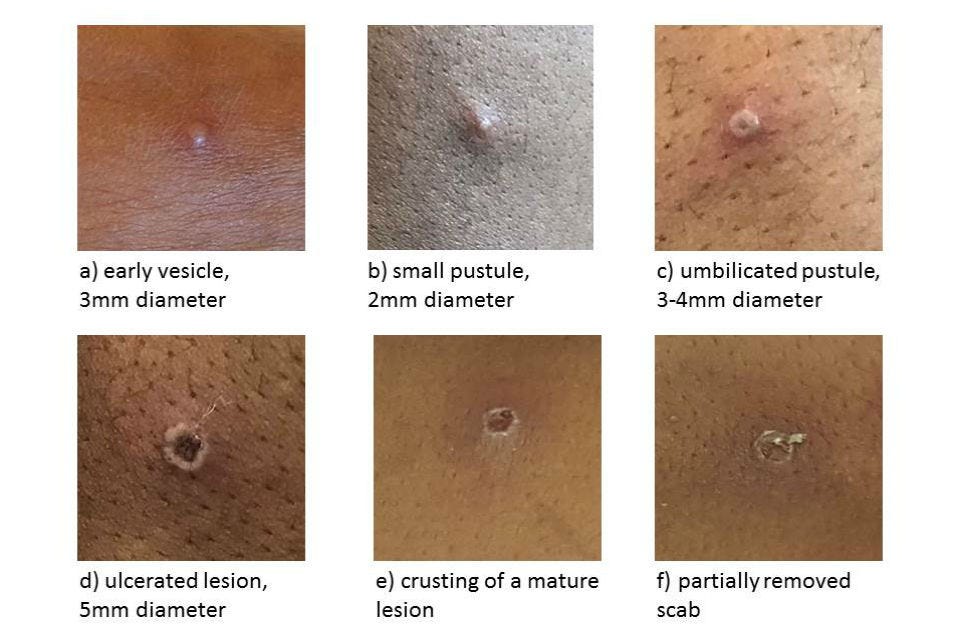- Cases of monkeypox have been spotted in the US, Canada, and Europe.
- The virus typically causes flu-like illness and a contagious, pus-filled rash.
- Monkeypox rash may affect the palms and soles, setting it apart from similar diseases.
Monkeypox infections in humans are uncommon, as the virus does not spread easily between people.
However, cases of monkeypox have been recently identified in the US, Australia, and Europe, and health officials have warned that more may be on the way.
When people do get sick with monkeypox, the first symptoms typically resemble the flu, according to the US Centers for Disease Control and Prevention.
Early symptoms of monkeypox include fever, exhaustion, headache, and body aches. Lymph nodes in the neck and armpit may swell in response to the infection.
The disease is similar to smallpox, which was eradicated in 1980. Monkeypox usually causes milder illness in comparison, but infected individuals may be contagious for two to three weeks as the virus runs its course.
The rash starts on the face and torso, then spreads down the arms and legs
Shortly after the initial phase of fever and fatigue, a rash appears on the face and torso of monkeypox patients.
The rash starts with red spots that eventually become filled with fluid and pus, infectious disease expert Daniel Bausch, president of the American Society of Tropical Medicine and Hygiene, told Insider.
Within 24 hours, the rash can spread to all areas of the body, but it's usually concentrated on the face, arms, and legs, according to the CDC.
Unlike the chickenpox, the monkeypox rash usually affects the palms of the hands and the soles of the feet as well, Bausch said.
Red spots become raised and filled with pus
The first stage of the rash features red macules, or flat spots that measure no more than one centimeter across.
By the third day of the rash's progression, the lesions turn into raised bumps, according to the CDC. Those bumps turn into fluid-filled vesicles by day four or five.
Next, the monkeypox lesions become more sharply raised and firm to the touch as they fill with pus. By day six or seven, the rash is deep-seated and filled with opaque, yellowish pus rather than clear fluid.
Some spots will develop a depression in the center, known as umbilication. The pus-filled bumps will remain for approximately five to seven days before beginning to crust over, according to the CDC.
Monkeypox rash runs its course within 2-3 weeks
If left alone, monkeypox lesions will eventually erode, crust over, and heal, Bausch said.
Scabs typically form by the end of the second week of the rash and start to fall off about a week later, according to the CDC. Once all scabs have fallen off, the individual is no longer contagious.
As long as lesions remain on the skin, a person can spread monkeypox via their sores and bodily fluids. Healthcare workers and household contacts are particularly at-risk of exposure if they're caring for infected patients, Insider reported.
Bausch said looking to the palms and soles may help differentiate monkeypox from other diseases that cause similar rashes, like chickenpox.
Additionally, health officials are contact tracing to identify people who may have been exposed to monkeypox, either through a close contact or foreign travel.











